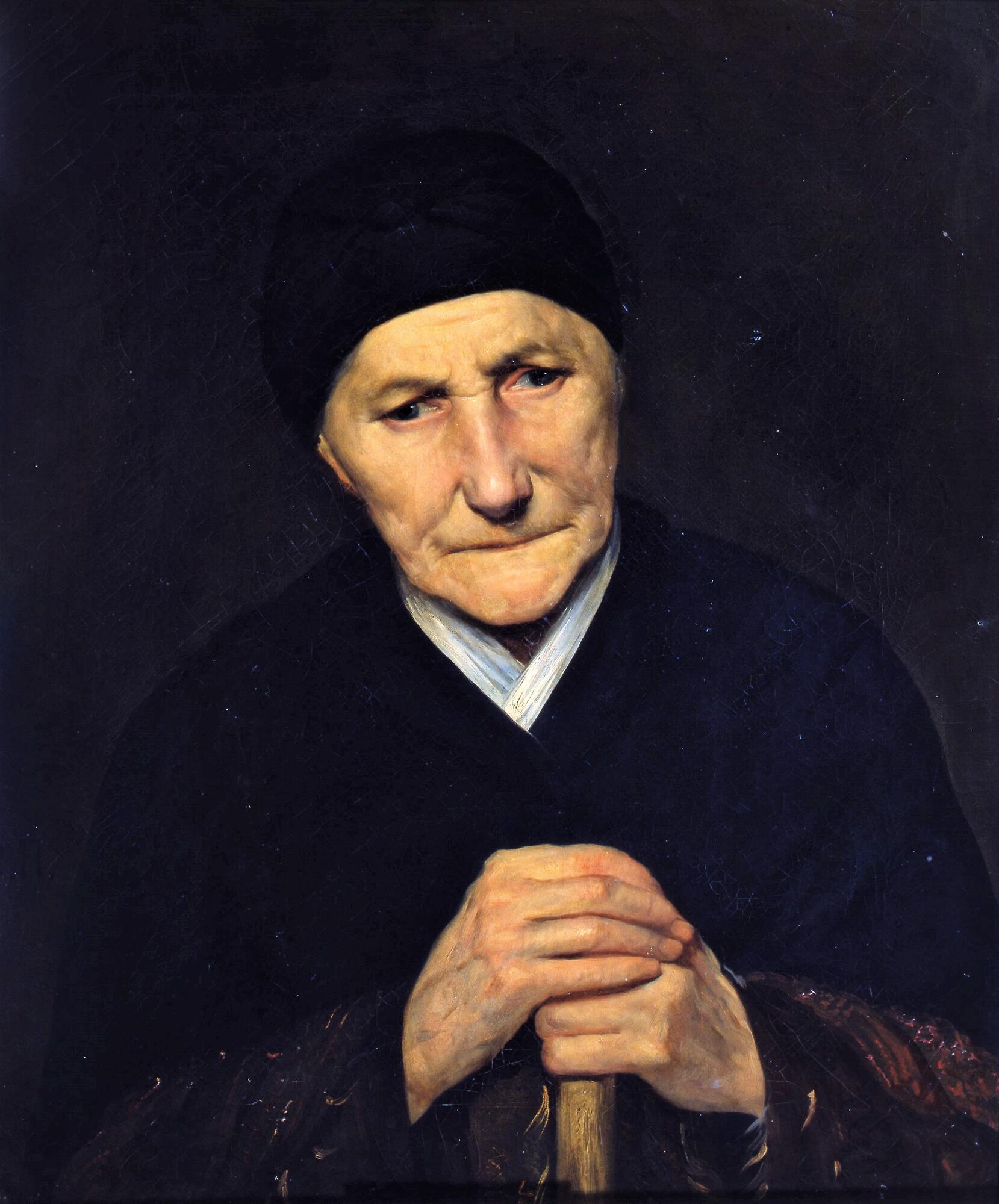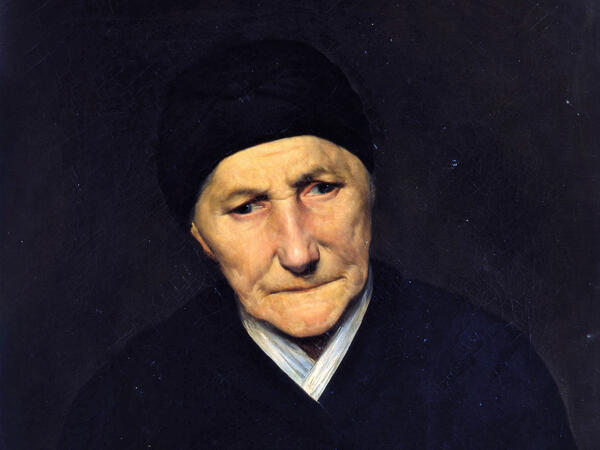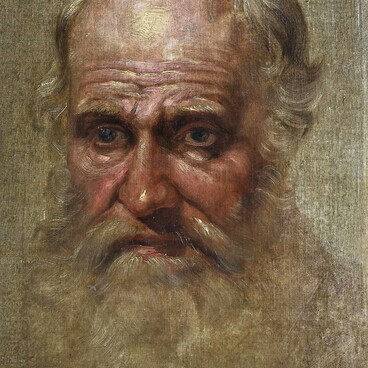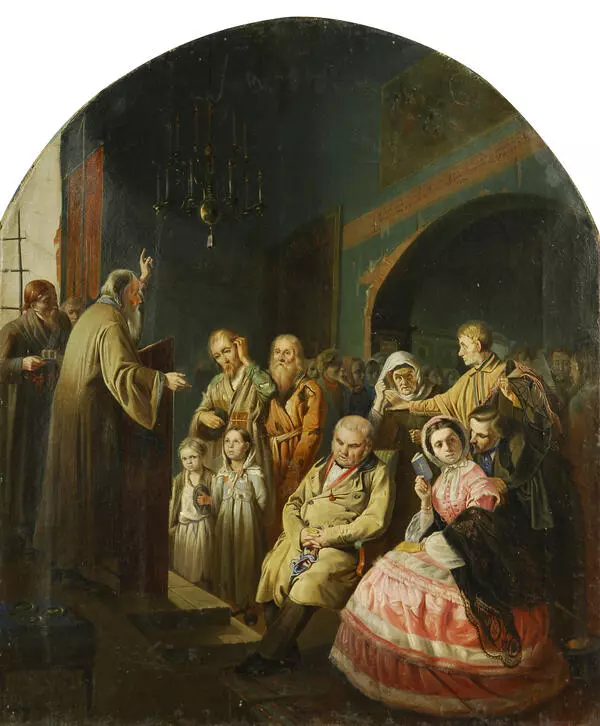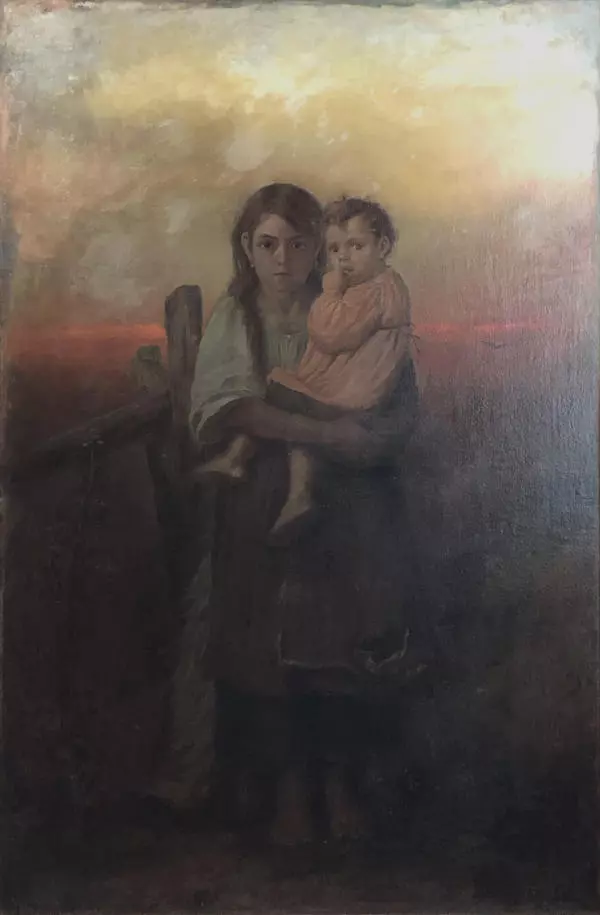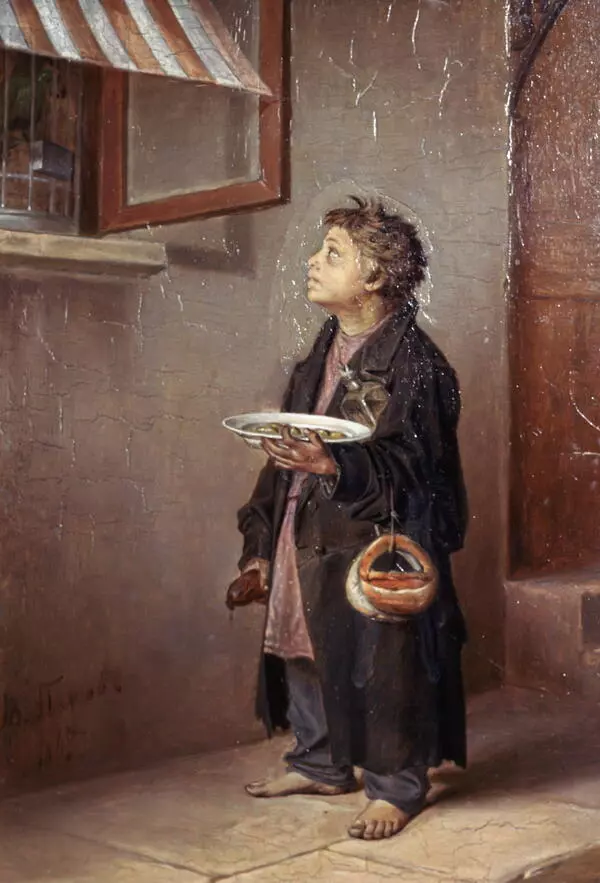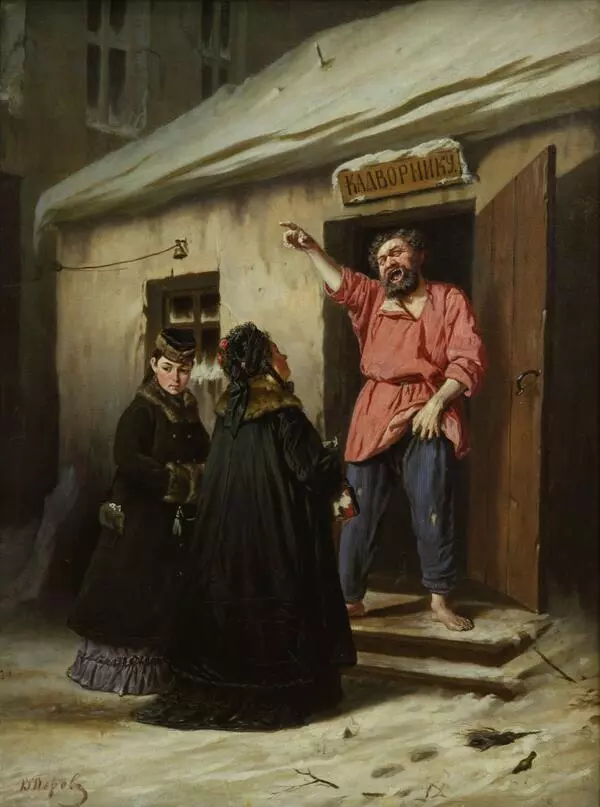In the second half of the 19th century, Russian artists began to incorporate social and political topics into their art with increasing frequency. The masters strove not only to portray life ‘in the form of life itself’ but also to expose the most unpleasant and unfair aspects of reality. One of the first who began to create paintings in the genre of critical realism was the painter Vasily Perov.
Perov was an illegitimate son of Baron Georgy Kridener, the governorate procurator, and Akulina Ivanova, a native citizen of Tobolsk. He became interested in painting while observing the work of an artist invited by his father. In 1843–1846, Vasily studied at the Arzamas uyezd (district) school, and practiced drawing on his own. After graduating, he entered the Alexander Stupin art school, where he studied hard and even started oil painting earlier than other students. From 1853 to 1862, he studied at the Moscow School of Painting, Sculpture and Architecture.
In 1856, Perov achieved his first victory: he was awarded with a minor silver medal for his sketch of the boy’s head at the competition of the Academy of Arts. The following year, the artist was awarded with a major silver medal for the painting “Commissary of Rural Police Investigating.” In 1860, the Academy awarded him with a minor golden medal for the painting “Son of a Dyak Promoted to First Rank.”
After he got the opportunity to participate in the competition for a major golden medal, the artist moved to Saint Petersburg. In the capital, in 1861, he painted “Sermon in a Village, ” for which, in addition to a medal, he received the right to go on a trip abroad as a boarder. Perov spent several years abroad, but life away from home stressed him greatly.
Upon returning to his home country, the artist was highly productive, and soon critics and the progressive community started talking about his talent. Young people praised each of his paintings, but conservatives harshly criticized them. In 1869, Perov teamed up with a group of like-minded people and became one of the founders of the Society of Travelling Art Exhibitions.
Perov continued the traditions of the best masters of portrait painting in Russia in the 19th century and also introduced new principles. He strove not only to depict a person”s external features but also to embody his spiritual world. Thus, in the painting “Portrait of an Old Woman, ” Perov showed the inner world of an ordinary woman. He portrayed her with a detached look, a frozen face, and a head slightly inclined to the left. With the help of these details, the artist tried to express the intensity of the heavy emotions of the depicted. Perov chose a dark color scheme for the portrait to enhance this effect.
Perov was an illegitimate son of Baron Georgy Kridener, the governorate procurator, and Akulina Ivanova, a native citizen of Tobolsk. He became interested in painting while observing the work of an artist invited by his father. In 1843–1846, Vasily studied at the Arzamas uyezd (district) school, and practiced drawing on his own. After graduating, he entered the Alexander Stupin art school, where he studied hard and even started oil painting earlier than other students. From 1853 to 1862, he studied at the Moscow School of Painting, Sculpture and Architecture.
In 1856, Perov achieved his first victory: he was awarded with a minor silver medal for his sketch of the boy’s head at the competition of the Academy of Arts. The following year, the artist was awarded with a major silver medal for the painting “Commissary of Rural Police Investigating.” In 1860, the Academy awarded him with a minor golden medal for the painting “Son of a Dyak Promoted to First Rank.”
After he got the opportunity to participate in the competition for a major golden medal, the artist moved to Saint Petersburg. In the capital, in 1861, he painted “Sermon in a Village, ” for which, in addition to a medal, he received the right to go on a trip abroad as a boarder. Perov spent several years abroad, but life away from home stressed him greatly.
Upon returning to his home country, the artist was highly productive, and soon critics and the progressive community started talking about his talent. Young people praised each of his paintings, but conservatives harshly criticized them. In 1869, Perov teamed up with a group of like-minded people and became one of the founders of the Society of Travelling Art Exhibitions.
Perov continued the traditions of the best masters of portrait painting in Russia in the 19th century and also introduced new principles. He strove not only to depict a person”s external features but also to embody his spiritual world. Thus, in the painting “Portrait of an Old Woman, ” Perov showed the inner world of an ordinary woman. He portrayed her with a detached look, a frozen face, and a head slightly inclined to the left. With the help of these details, the artist tried to express the intensity of the heavy emotions of the depicted. Perov chose a dark color scheme for the portrait to enhance this effect.
